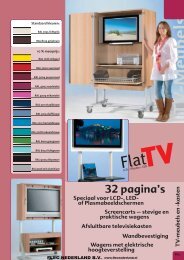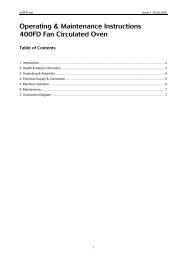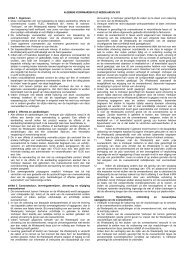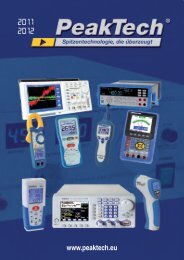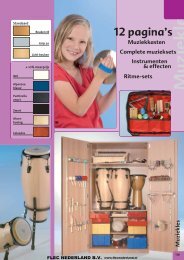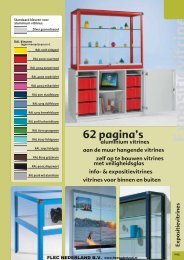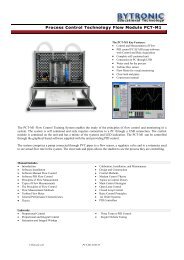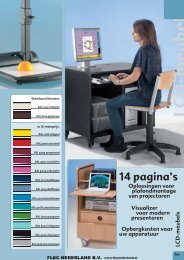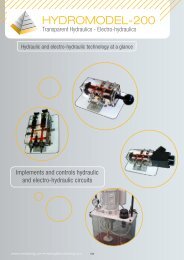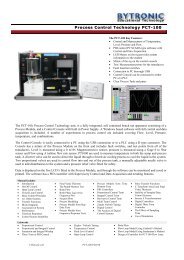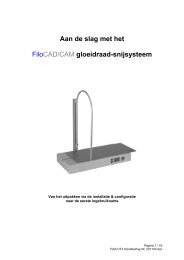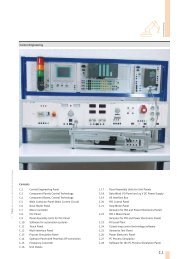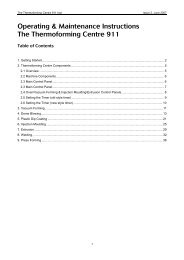Fan Circulated Oven 200FD - C R Clarke
Fan Circulated Oven 200FD - C R Clarke
Fan Circulated Oven 200FD - C R Clarke
Create successful ePaper yourself
Turn your PDF publications into a flip-book with our unique Google optimized e-Paper software.
<strong>200FD</strong> Inst Issue 2 06.09.20066. Guidance Note on Dip Coating PowdersAlways keep powders dry and free from contamination. Damp powder (mostthermoplastics are hygroscopic) will cause the grains to cling together and result in poorfluidisation. Contamination by different colours or powder types will produce a"speckled" effect on the finished component. This effect can, sometimes, be quiteattractive even if achieved by accident. As the powder becomes fluid it will rise and occupyapproximately 10-20% more volume, tanks should not, therefore, be completely filled.The following data on two of the common powders in general use may be helpful:-LDPENylonDensity (Static) .40Kg/Litre .55Kg/LitreDensity (Fluidised) .325Kg/Litre .49Kg/LitreMax. working temperature 60°C 100°CCoating temperature 300-400°C 280-350°CPost Heat Temp.(if required) 170°C 165°CCoating thickness 0.30 – 0.90mm 0.20 – 0.75mmTypical weight of powder for a 200L tank = (Vol – 20%) x Density (static)(360) = (200 x 0.80) x 0.4 (LDPE)= 64kgTypical weight of powder for a 50L tank = (Vol – 20%) x Density (static)(300) = (50 x 0.80) x 0.4 (LDPE)= 16kgTypical weight of powder for a 5L tank(150/150R)= (Vol – 20%) x Density (static)= (5 x 0.80) x 0.4 (LDPE)= 1.6kg6



